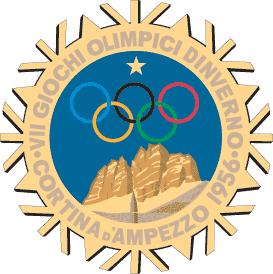What is most impressive to me is that it was drawn completely from memory, but it shows all of the important architectural elements: the distinctive shape of the olho (eye) gallery; the singular blocky support; the reflecting pool; the sinuous ramp; and the mosaic of a dancer, in the correct pose! (As a side note, don't you just love the cloud and sun? These are his trademark, and I love them!)
I found a photo online of Oscar Niemeyer showing one of his sketches of the museum. Hmmm. Maybe Lucas will end up being a famous Brazilian architect, too!
Now, just in case you cannot see it all from Lucas' drawing or Niemeyer's sketch and are wondering what the building looks like in person, below is a photo I took from our visit. You can find more photos of the project here, my original blog post about the project.
. . . . . . . . . . . . . . . . . . . . . . . . .
More recently, we drove through Toronto and visited the CN Tower. Here is his drawing of that building, from memory again, complete with tapered concrete structure, glass elevator, the lower observation deck and the higher SkyPod, and the antenna, all towering over the rest of the city.
Oh yeah, and there is that fantastic sun again!















































